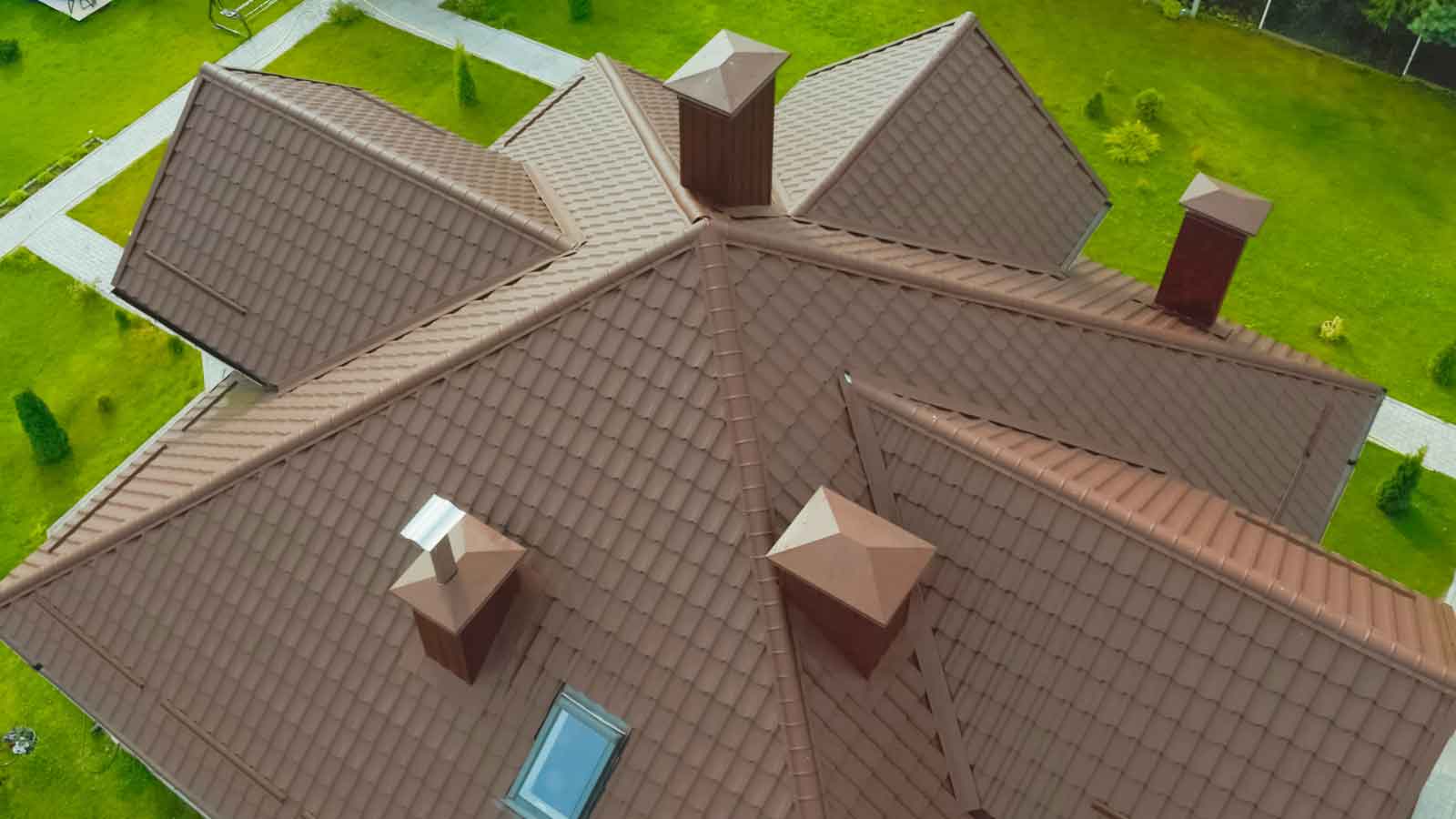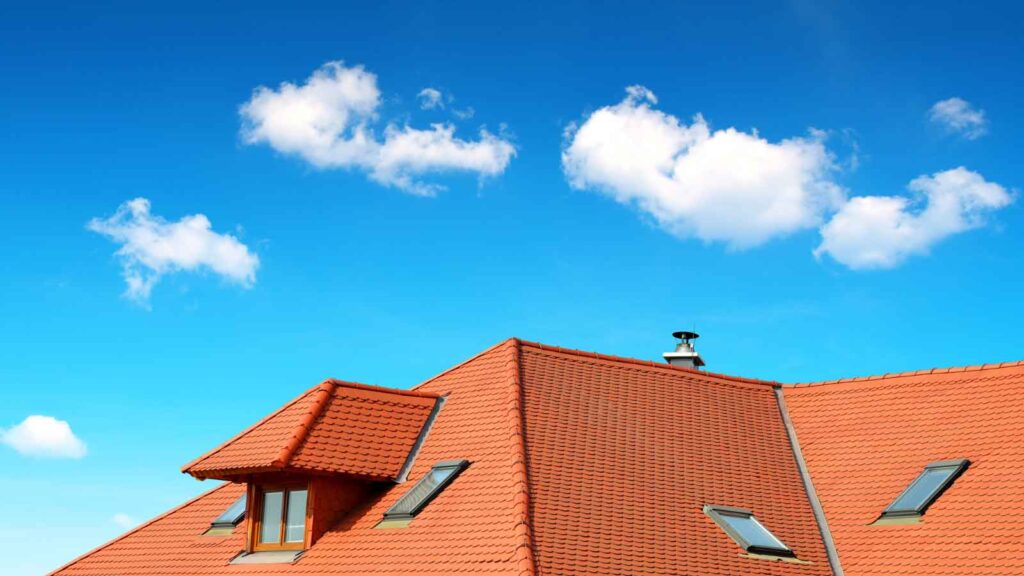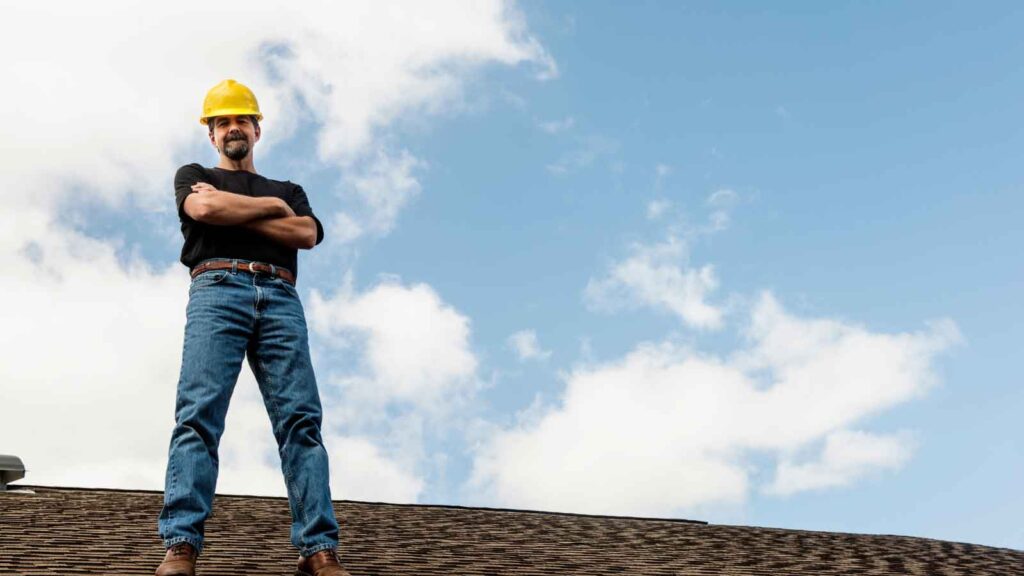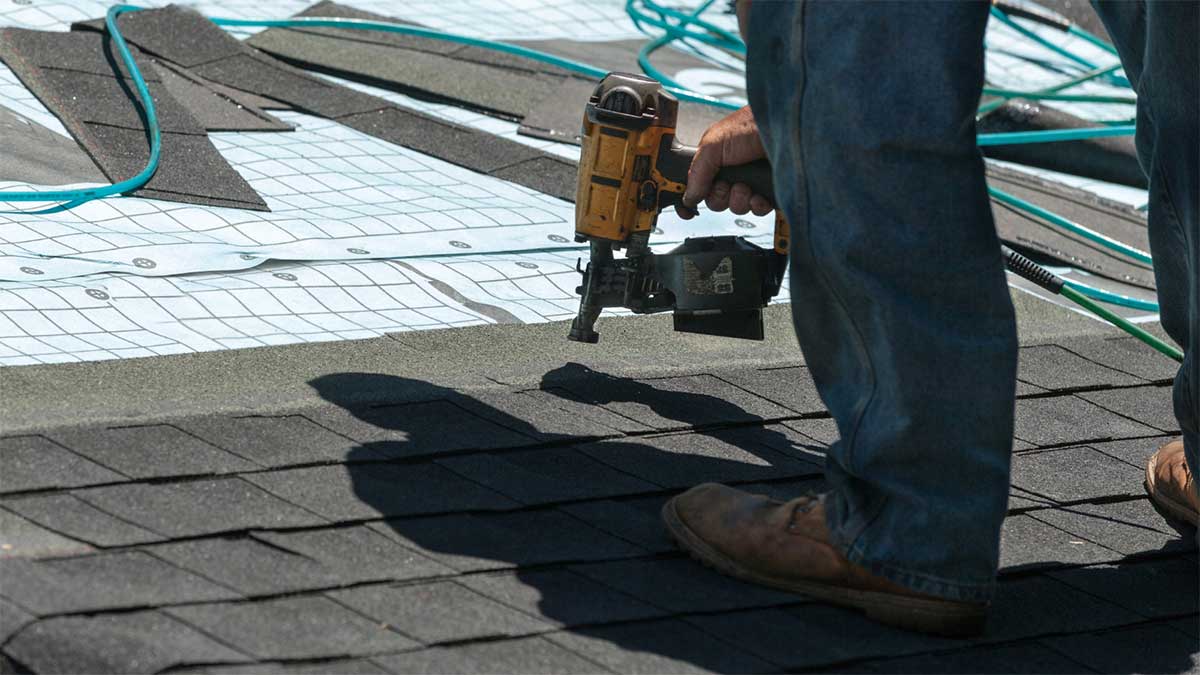Many homeowners aren’t sure if their roof is still holding up or if it’s time to start planning for a replacement. It’s common to notice a few loose shingles, spots on the ceiling, or rising energy bills and wonder if these are signs of aging or something more urgent.
Roofing isn’t always front-of-mind until something goes wrong. When it does, questions come up fast. How long should this roof have lasted? Could it have been avoided? How do other roofing materials compare?
Understanding the expected lifespan of your residential roofing system starts with the basics. In this blog, we’ll break down what affects roof longevity, how different materials hold up over time, and what smart decisions you can make to protect your investment.
If you’ve been wondering how long residential roofs actually last, this will give you clarity and a clear path forward.
Key Factors That Impact Residential Roof Longevity
Not all roofs age the same. Many elements influence how long a residential roof stays in good shape, from the weather to the materials and the team that installed it. So what makes one roof outlast another?
Let’s take a closer look at the core factors that directly affect roof durability:
Climate and Weather Conditions Effects on Roof Life
Climate plays a major role in how quickly a roof wears down. Extreme weather from hot summers, cold winters, heavy rain, and high winds can weaken even the best materials over time. In humid climates, excess moisture promotes mold and moss, which break down the surface faster. In areas prone to hail or high winds, physical impact can cause early damage that significantly shortens the lifespan.
Even consistent sun exposure is tough on a roof. Over the years, UV rays dry out materials and cause them to crack or lose flexibility. Roofs in milder regions tend to last longer, not because they’re made better but because they deal with fewer environmental stresses. If you live somewhere with challenging weather, expect to invest more often in repairs, upgrades, or better materials from the start.
Roofing Material Quality and Type Selection
What your roof is made of will largely determine how long it lasts. Basic asphalt shingles can be a budget-friendly choice, but usually won’t match the lifespan of tile, metal, or slate. Some materials are built to last decades longer and perform better in extreme conditions. Still, even the highest-end roofing option can fall short if the product quality isn’t up to par.
Material grade matters. Two roofs with the same type of material can wear differently if one uses a premium product and the other does not. Cheaper shingles may look fine at first, but degrade quickly under pressure. High-quality options are engineered to resist weather, retain color, and hold their shape longer, giving your roof a real edge in the long run.
Installation Quality and Professional Workmanship Impact
Even the best materials can fail early if installed incorrectly. Roofing requires precision, especially around vulnerable areas like flashing, valleys, and vents. Small mistakes during installation, like uneven nailing or skipped waterproofing steps, often lead to leaks, sagging, or structural issues that appear within just a few years.
A skilled roofing crew does more than put shingles in place. They assess attic ventilation, check underlayment, and follow manufacturer specifications exactly. Good workmanship ensures every part of the system works together to protect your home. When installation corners are cut, homeowners often face costly repairs far sooner than expected.
Regular Maintenance and Care Practices
Routine maintenance plays a major role in how long a roof stays intact. Many issues that lead to early failure, like moss buildup, clogged gutters, or flashing damage, can be caught early with regular care. Skipping these steps means minor wear often turns into major damage without warning.
This is where ongoing roof inspection services come in. Professionals can identify potential trouble spots before they become real problems. A consistent maintenance schedule helps catch damage from storms, ensures drainage systems are working, and verifies that sealants and flashings haven’t deteriorated. Over time, this kind of attention adds years to your roof’s useful life.
So… How Long Do Residential Roofs Actually Last
The lifespan of residential roofs varies by material, but you can expect most to last between 20 and 30 years.
Asphalt shingles, the most common choice, usually last around 15 to 25 years. Architectural shingles often stretch closer to 30. Metal roofs can last 40 to 70 years, while tile and slate easily pass 50 years with good care.
Climate, maintenance, and installation quality all play a role in how long your roof holds up. A roof in a mild, dry area will likely outlast one exposed to heavy storms or constant heat. Routine inspections and timely repairs help stretch that lifespan closer to the higher end.
To be direct: most residential roofing systems last at least two decades. Higher-end materials, paired with solid upkeep and proper installation, can give you 40 years or more of reliable performance.
Knowing how long residential roofs actually last helps you plan smarter and invest wisely. It’s not just about the type of material but how it’s installed, maintained, and suited to your environment.
With the right care, your roof can deliver solid protection for decades.
The Importance of Choosing the Right Roofing Contractor for Maximum Longevity
The quality of your roofing contractor often determines how well your roof performs over time. Even premium materials won’t hold up if installed poorly. Proper installation techniques, attention to detail, and following manufacturer guidelines are essential.
A reliable contractor not only installs the roof correctly but also helps homeowners understand how to maintain it for the long haul.
Key reasons to work with the right roofing contractor include:
- They follow exact specifications for flashing, underlayment, and ventilation.
- They use proper tools and fastening systems that prevent early material failure.
- They honor and validate manufacturer warranties through certified installation.
- They communicate clearly about material options, timelines, and care instructions.
If the roof installation process is rushed or handled by an untrained crew, even the best roofing material can underperform. Hire a professional who does things right the first time.
That’s how you get a roof that lasts, performs well, and protects your home for decades. Quality contractors make all the difference.
Choosing Truecraft Construction To Maximize Your Roof’s Lifespan
At Truecraft Construction, we don’t just install roofs, we make sure they last. Every project begins with a thorough evaluation of your home’s structure, local climate, and roofing needs.
We help you select materials that suit your environment and deliver lasting value. Our team works with precision, following best practices that extend the life of your roof from day one.
We’re known for being trusted residential general contractors because we focus on quality and transparency. Our crews are trained, experienced, and committed to getting every detail right from flashing and underlayment to ventilation and sealing.
We also offer continued support after the job is done. That means guidance on upkeep, inspections, and simple ways to protect your investment over time.
When you work with us, you’re getting more than a contractor. What you’re getting is a partner in protecting your home.
Let’s make sure your next roof lasts as long as it should. Contact Truecraft Construction today to schedule a consultation.





